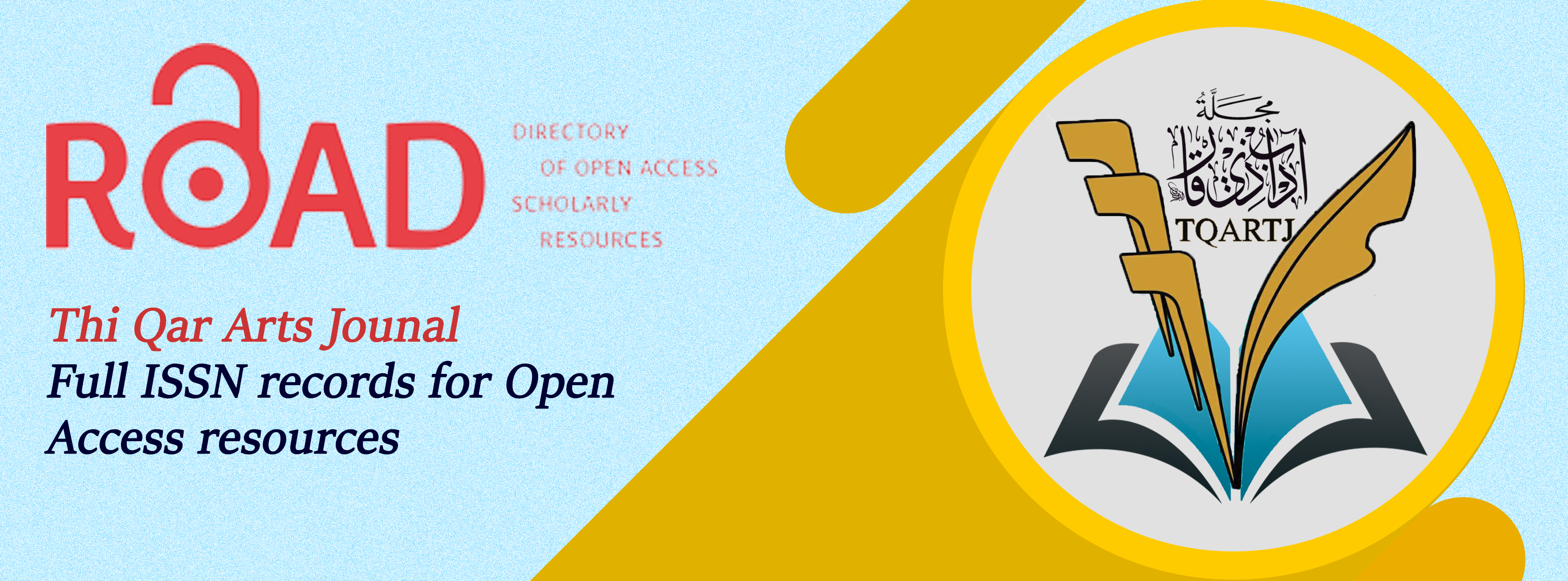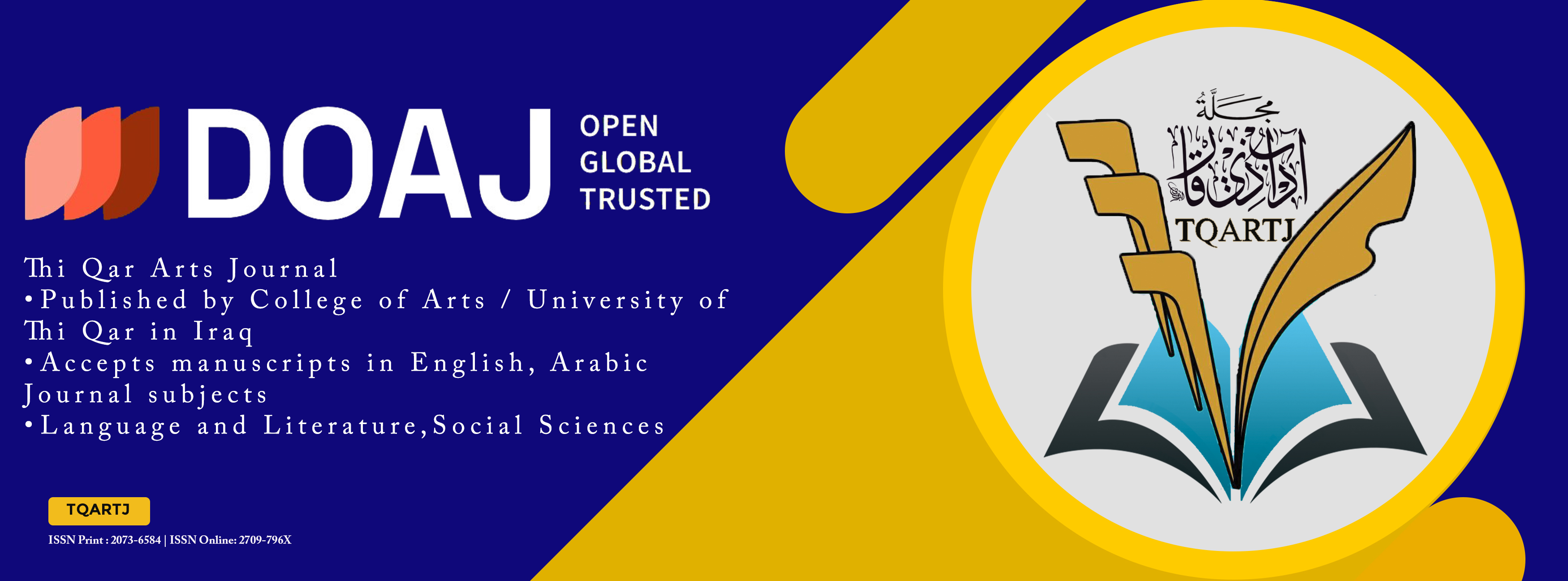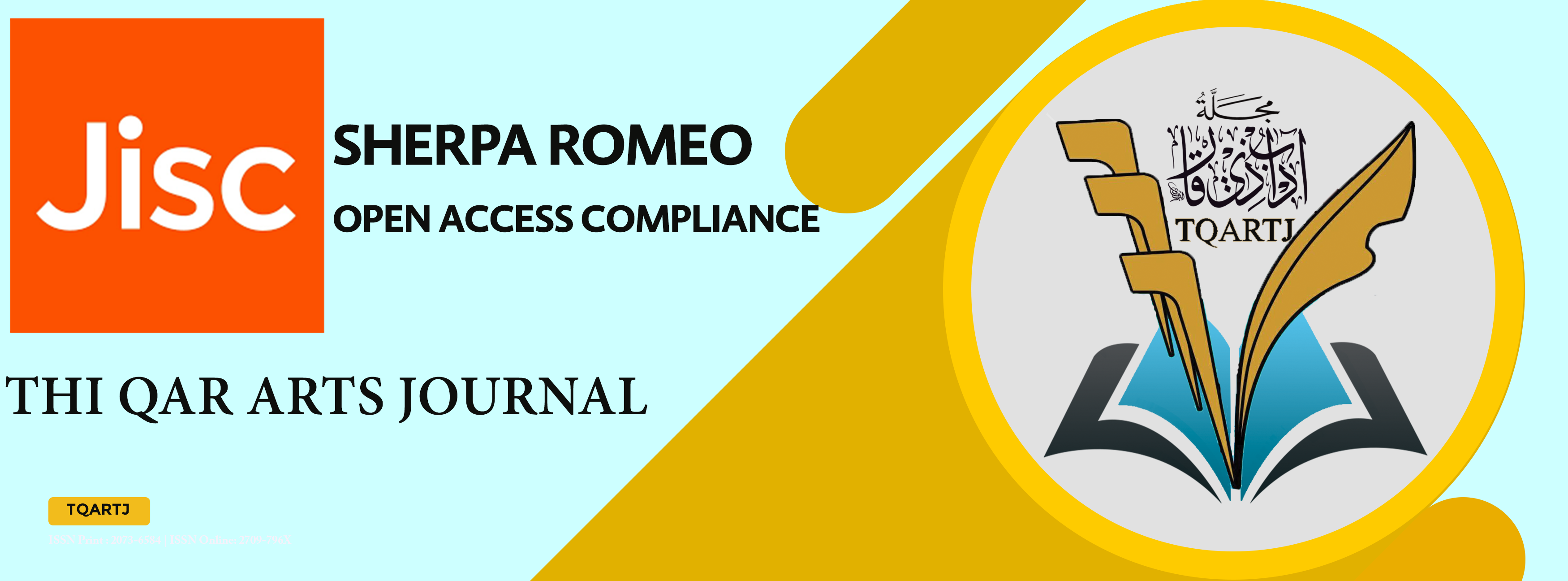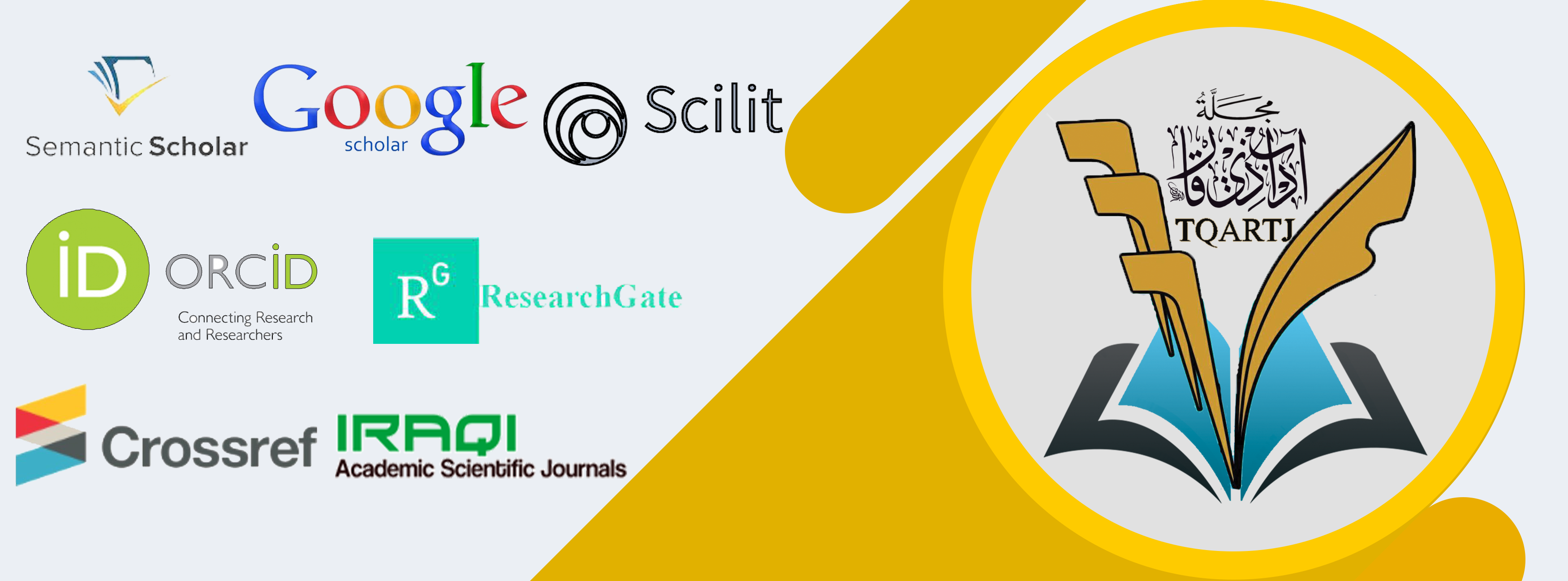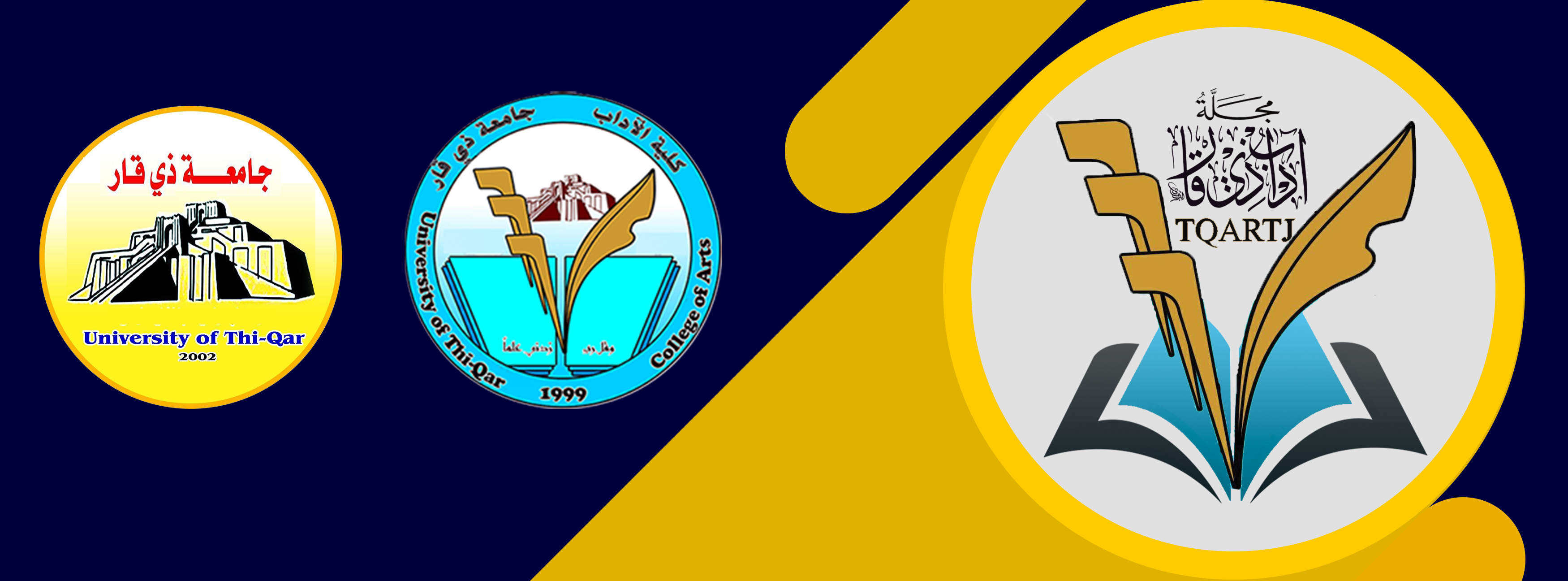Lexical-fidelity in Wole Soyinka’s The Lion and the Jewel and Ramonu Sanusi’s La vie d’un enfant mystérieux
DOI:
https://doi.org/10.32792/tqartj.v51i6.835Keywords:
Lexical fidelity, Linguistic decolonization, StyleAbstract
The business of understanding of a text or a talk is a serious engagement, texts of two Nigerian particularly i literary studies. There are different levels and perspectives in which words and expressions could be conceptualized and applied in a given speech act or communication whether spoken or written. Many scholars have worked on Wole Soyinka and Ramonu Sanusi's literary texts, especially with regard to the contents of their works in expressing African experiences and realities through the ages. However, less attention has been paid to the role of lexical fidelity as an aspect of the two authors' stylistic properties that dignify their literary compositions and make them stand out. This study, therefore, investigates the relationship between language and the social meanings in the literary texts of the two selected writers. As the research methodology, the French explication de texte and the close reading technique are adopted to examine the literary creative writers. Wole Soyinka's The Lion and the Jewel and Ramonu Sanusi's La vie d'un enfant mysterieux are purposively selected as sources of data for the study. Soyinka writes in English while Sanusi writes in French. The choice of these two writers is informed by their inclination towards linguistic innovations. The study is premised on postcolonial theory that has special interest in the ways African writers play around lexical choices in their literary texts to reflect their own decolonization agenda. The study concludes that for a better readers' response to a particular text, there is a need for the understanding of words and expressions used in a text in relation to social indices such as ethnicity, religion, political orientation, and other shared experiences.
Downloads
References
AYELERU, Lateef Babatunde. (2019). In Search of Another Language for Literary and Cultural Interpretations. An Inaugural Lecture, University of Ibadan, Ibadan.
BAL, Mieke. (1985). Narratology: Introduction to the Theory of Narrative. London: University of Toronto Press.
BELLO, Rachael O. (2001). “Lexical Studies in English”. In Fakoya, Adeleke, A. and Gabriel O. Osoba (Eds.). The English compendium, Vol. 1 & 2. Lagos State University, 90 – 101.
DARAMOLA, Adeyemi. (2001). “Text Linguistics.” In Fakoya Adeleke A. and Gabriel O. Osoba (Eds.). The English Compendium 1 & 2, Lagos: Lagos State University, 160 – 165.
DE WET, Johann C. (2010). The Art of Persuasive Communication: A Process. Claremont: Juta.
KOFOWOROLA, Ziky O. (2015). Yorùbá Names, Cosmology, Worldview, and Dramatic Exploration. Ilorin: DorcAmos Tops Publishers.
PEIRCE, Charles Sanders. (1985). “Logic as Semiotic: The Theory of Signs”. In R. E. Innis (ed.). Semiotics: An Introductory Anthology, Bloomington: Indiana University Press, 4 – 23.
PIAGET, Jean and Barbel INHELDER. (2006). A Psicologia da Crianҁa. (2nd ed). Rio de Janeiro, Brazil: Difel (Original work published in 1966).
SANUSI, Ramonu. (2016). La vie d’un enfant mystérieux. Ibadan: Graduke Publishers.
SOYINKA, Wole. (1964). The Lion and the Jewel. London: Oxford University Press.
VAN DIJK, Teun Adrianus. (2001). “Critical Discourse Analysis”. In Deborah Scoffrin, Deborah Tannan & Heide E. Hamilton (eds). The Handbook of Discourse Analysis. Victoria: Blackwell Publishing, 352 – 371.
Published
Issue
Section
Categories
License
Copyright (c) 2025 Sikiru Adeyemi Ogundokun

This work is licensed under a Creative Commons Attribution 4.0 International License.
The journal applies the license of CC BY (a Creative Commons Attribution International license). This license allows authors to keep ownership of the copyright of their papers. But this license permits any user to download, print out, extract, reuse, archive, and distribute the article, so long as appropriate credit is given to the authors and the source of the work. The license ensures that the article will be available as widely as possible and that the article can be included in any scientific archive.







